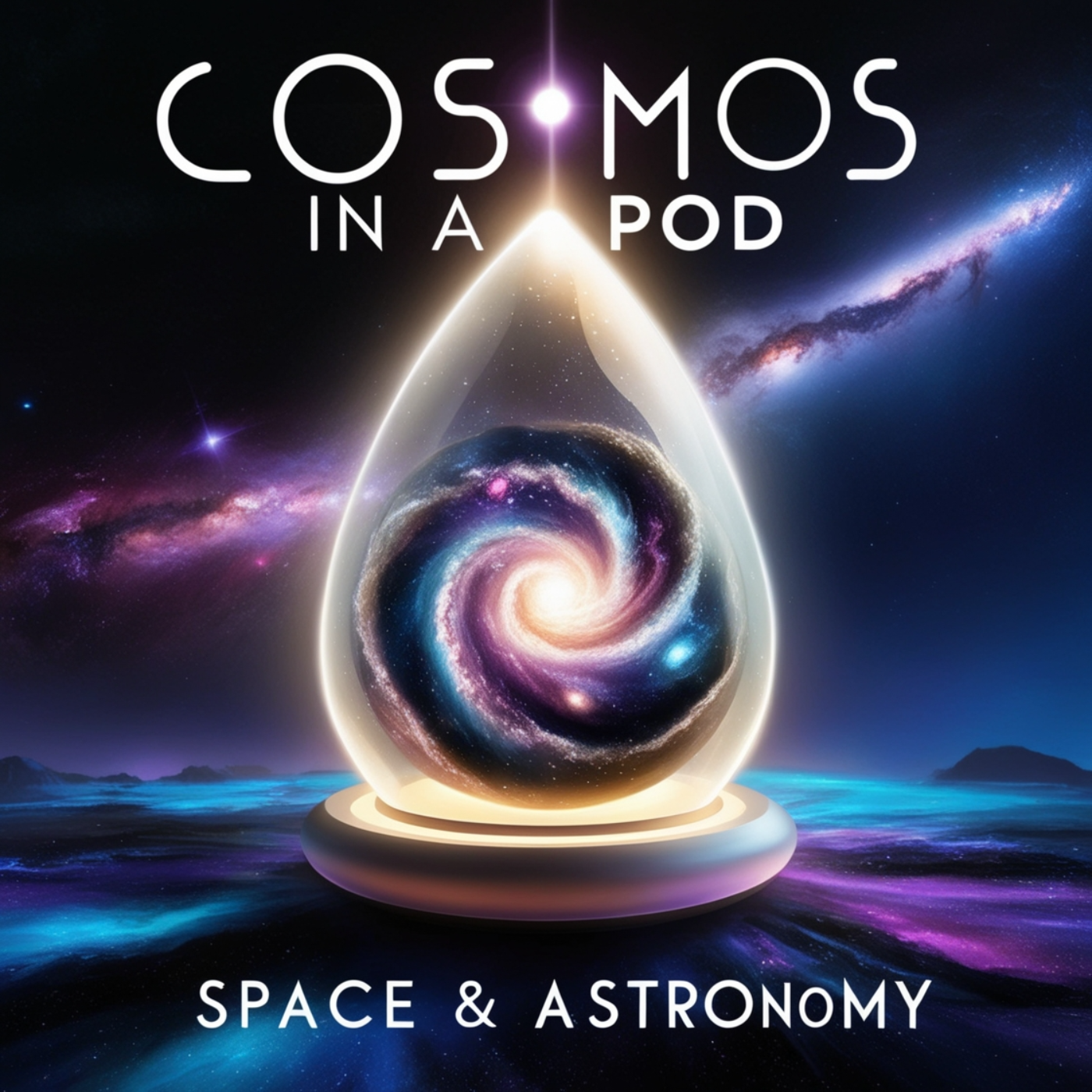Cosmic Magnifying Glasses: The Power of Gravitational Lensing | Cosmos in a Pod S1E40
- Author
- Amitesh Surwar
- Published
- Fri 20 Dec 2024
- Episode Link
- https://rss.com/podcasts/cosmos-in-a-pod/1808872
In this episode of Cosmos in a Pod, we explore gravitational lensing—a breathtaking cosmic phenomenon where massive objects bend and magnify light, revealing hidden wonders of the universe.
Key Highlights
- What Is Gravitational Lensing?
- The bending of light by massive objects like galaxies, is predicted by Einstein’s general relativity.
- Acts as a natural magnifier, uncovering distant and faint cosmic objects.
- Types of Lensing:
- Strong Lensing: Creates Einstein rings and multiple images.
- Weak Lensing: Subtle distortions reveal dark matter.
- Microlensing: Detects small objects like rogue planets.
- Why It Matters:
- Maps dark matter and probes its mysteries.
- Reveals the earliest galaxies and quasars.
- It confirms Einstein’s theories and measures cosmic distances.
- Famous Examples:
- The Einstein Cross, Hubble’s Frontier Fields, and the Cosmic Horseshoe.
Gravitational lensing is a testament to the universe’s elegance, offering a deeper understanding of its hidden complexities.
Next Episode: The fascinating world of rogue planets—wandering worlds untethered to any star.
Subscribe, share, and stay tuned for more cosmic insights! 🌌
